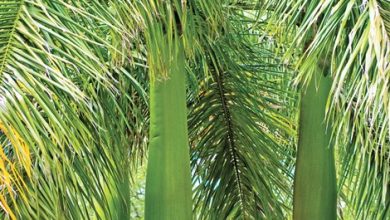Tajinaste Rojo: [Characteristics, Habitat, Reproduction and Uses]
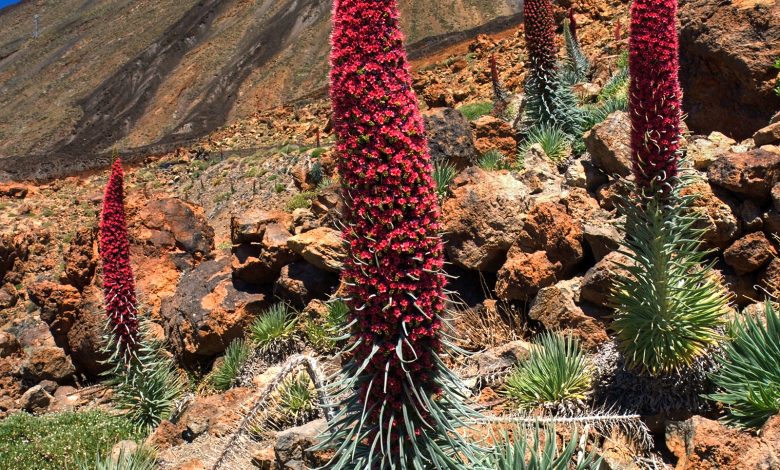
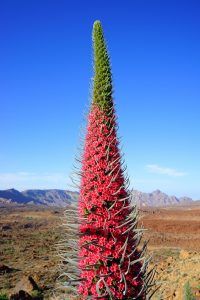 The red tajinaste is an endemic plant species found in the Canary Islands, Spain, with a greater presence in the Teide National Park.
The red tajinaste is an endemic plant species found in the Canary Islands, Spain, with a greater presence in the Teide National Park.
It has a very particular structure because it is an upright bush, without branches, which develops long silvery leaves and red flowers.
Due to its condition, it is a protected species because there was a time when the practice of grazing was about to wipe out all the specimens.
This decision has meant that today there is a greater number of them, which have even moved to other spaces in this same area.
The red tajinaste is a fabulous species and is well worth knowing. We want to present it to you in the following lines. Will you join us?
What is the red tagine?
The tajinaste is a kind of shrub characteristic of the Canary Islands, especially the island of Tenerife. It grows up to about 3 meters high, developing a body without branches that is protected by leaves and flowers of a pronounced red color, to which it owes its name.
The leaves are almost silver in color. These join each other to create a dense center. As for the form, it is not a classic shrub that grows vertically. In this case, it is a species that resembles the shape of a spear.
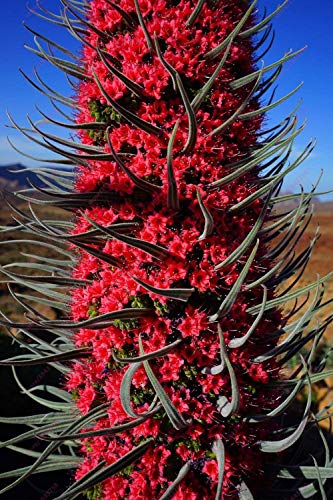
This species can also be called Teide red tajinaste or Teide blood. As for the scientific name, it was designated as Echium Wildpretii, forming part of the Boraginaceae family.There are other tajinaste in this area that vary in certain characteristics, as is the case of the blue tajinaste.
What are the characteristics of the red tajinaste?
The red tajinaste is characterized by the following:
- Location: his life is only developed in the Canary Islands, specifically in Tenerife. It needs to be exposed to direct sunlight. The land must have good drainage to withstand the risks it passes through. Although these are not very frequent, they do become decisive for the plant to grow properly.
- Structure: no branches, only an internal rosette formed by leaves and then red inflorescences.
- Shape: vertical growth that simulates the shape of a spear.
- Flowering time: in spring, from the second year of life.
- Pollen: rich and attractive to bees, which is why the area is also well known for producing high-quality honey.
- Growth area: volcanic areas, with a high density of rocks, rather desert landscape.
- Fruits: they are dry and although they ripen, they do not open as happens with most of the fruits of other species of shrubby plants.
Where does the red tajinaste live?
The red tajinaste is a characteristic species of the Canary Islands, in Spain.The space where the largest number of specimens coexist is in Tenerife, but some of them can also be seen in other areas. The ideal place to admire them is the Teide National Park, in the heart of Tenerife.
When does the red tajinas bloom?
The time when the red tajinaste can be seen in its maximum splendor is in the spring. During this time, the bush is filled with its characteristic leaves and flowers that make it a true natural spectacle.
Hence, this becomes the most recommended time to visit the areas where it lives, if you are precisely looking to admire it.
How does the red tajinaste reproduce?
The reproduction of the red tajinaste is carried out through its seeds, which are possible to work in seedbeds. After germination, they will be sown in a pot to wait for it to sprout enough to plant in an outdoor space.
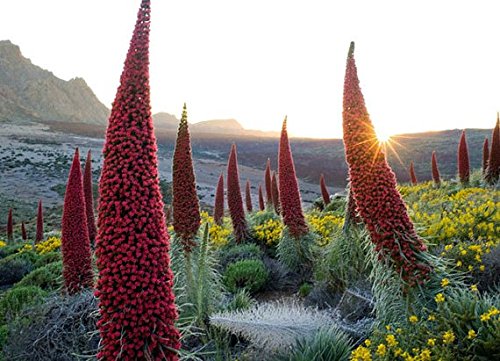
That outdoor space must ensure a nourished soil, with excellent drainage and in an area where it receives direct sunlight throughout the day. Of course, in its natural habitat it has the ideal conditions for new specimens to be born without human intervention being necessary.
Where can you see the tajinastes in flower?
In order to see the red tajinastes with their flowers, it is necessary to take a walk through the Teide National Park, which is the most emblematic place that has them. This park is the most visited in Europe because there is so much to see, both in terms of flora and the environment itself.
Precisely the tajinaste is a lover of spaces linked to volcanoes, as is the case on this site. It can be reached by car or using the bus, in either case it is important to note that only the flowering of the red tajinaste will be visible in spring.
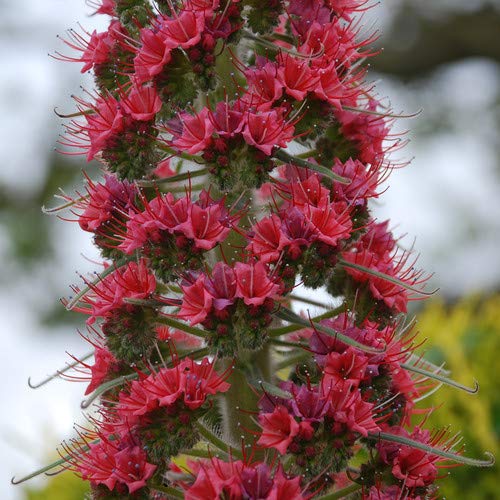
In fact, this is one of the aspects that most motivates tourists who come to Tenerife when the good weather begins to manifest itself. Other places where you can also admire their presence are the viewpoints of the Tiles, the Llano de Ucanca and the Tabonal.
All these spaces have easy visual access from the highway, while a route can be made on foot through the Siete Cañadas.
What uses are given to a red tajinaste?
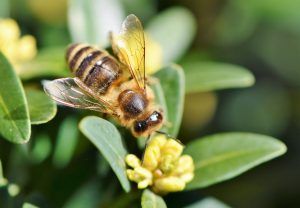 The red tajinaste is especially valued in the production of honey, since its flowers are one of the favorites that bees have when pollinating.
The red tajinaste is especially valued in the production of honey, since its flowers are one of the favorites that bees have when pollinating.
This means that the honey obtained from this process has very subtle characteristics typical of this area. The color, for example, is a soft amber.
In fact, it is a honey that is awarded a distinction of exclusivity, both for the quality of the product and for the fact that it only occurs in this area of the world. The red tajinaste is one of those species of flora that we should all have the opportunity to see at some point in our lives.
Due to the characteristics of their life and development, it is very difficult for many people in the world to fulfill this ideal, but it is worth knowing that they exist and that they are there to be admired.
Bibliographic references
- Contributions to the study of tajinastes, reproductive biology, morphology, genetic diversity and conservation status of some Canarian endemisms…, S Mora Vicente – 2007 – repository.uam.es
- The phenological observation program at the Izaña Observatory (Tenerife), R Campo Hernández – 2016 – repository.aemet.es
- Common names of the plants and animals of the Canary Islands, A Machado, M Morera – La Laguna: Academia Canaria de La …, 2005 – researchgate.net
- EVOLUTION OF CANARY PLANTS, P Vargas, V Valcárcel – macaronesian.org
- Bioactive compounds isolated from Echium wildpretii subsp.wildpretii Pears & Hook Fil.(Boraginaceae) and Hippeastrum puniceum Lam.(Amarillidaceae). Relations…, O Santana, A González-Coloma, M Reyna… – Magazine of Protection…, 2002 – sidalc.net
Advertisements


